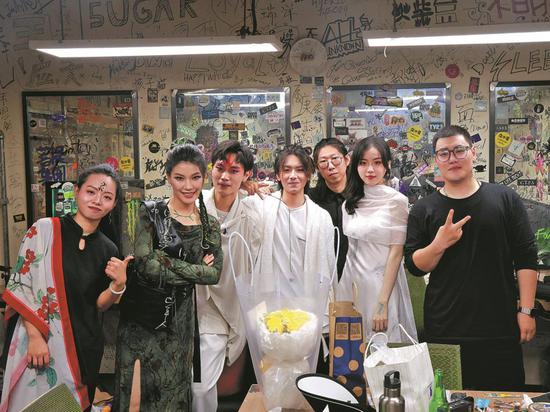
Members of Little Green Onion pose after a show on June 19 at Beijing's Mao Livehouse. [Photo provided to China Daily]
Connecting with heritage
The team's mission is not just to preserve these ancient sounds but to breathe new life into them through technology. By using artificial intelligence and storytelling, they are creating new ways to present traditional music and incorporating history, museum artifacts, and cultural relics into their performances.
For Xue Yiying, a 26-year-old erhu player from Chengdu, Sichuan province, performing traditional music in a modern context feels both nostalgic and fresh. "I grew up playing the erhu, learning the instrument from my grandmother, who was passionate about traditional Chinese music," Xue recalled.
The erhu, often described as China's answer to the violin, is known for its hauntingly beautiful tone and is capable of expressing a wide range of emotions.
"I used to play it in the typical, softer style," Xue said, "but Crazy Folk opened my eyes to a whole new way of performing. We're taking songs that people already love and giving them a new twist."
Xue explained how playing a well-known pop song on an ancient instrument like the guqin or pipa injects new life into the piece. "It's like rediscovering something familiar in a completely new way," she said.
"These instruments are timeless. Our goal isn't just to preserve tradition but to show how these instruments, some over 1,000 years old, can still move and inspire audiences today — especially younger generations who may never have paid attention to them before."
This growing interest among China's youth is part of a broader cultural movement. Many young Chinese are consciously reconnecting with their heritage, seeing traditional music as a way to explore their identity in an era of rapid change.
Central to this resurgence is the guofeng (national style) movement, which celebrates Chinese aesthetics in fashion, music, and art. The rise of guofeng music, in particular, is a testament to the blending of ancient melodies with modern production techniques, combining classical poetry, traditional instruments, and contemporary themes. This fusion has fostered a greater appreciation for traditional Chinese art forms, especially among younger audiences.
Social media platforms like Douyin and Bilibili have played a pivotal role in the movement's expansion. Viral videos of traditional Chinese instruments, modern pop covers, and collaborations between classical and contemporary artists have brought these ancient sounds to the forefront. This digital exposure has made traditional music more accessible, and more importantly, relevant to today's youth.










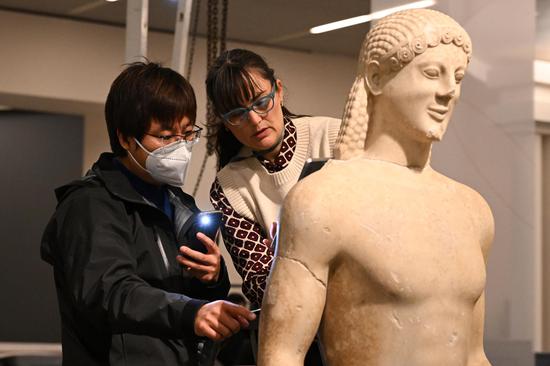

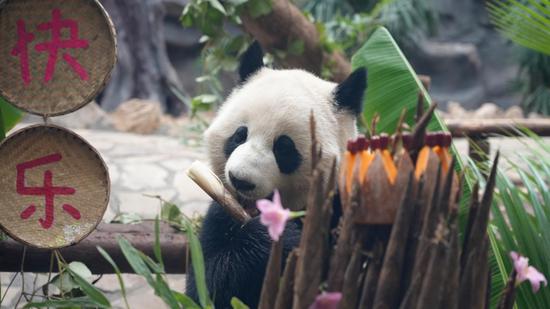


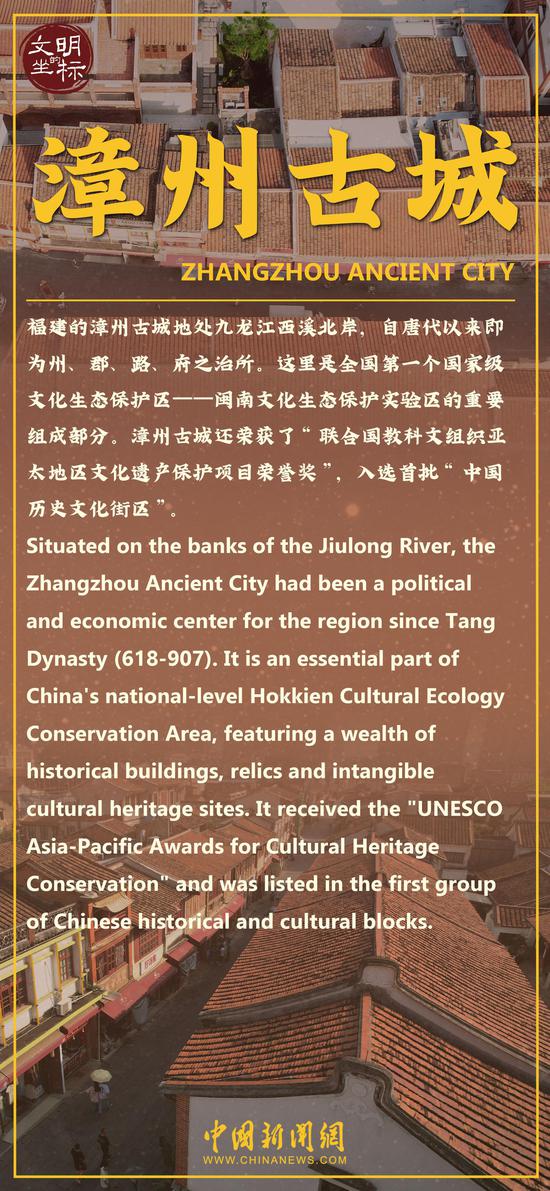
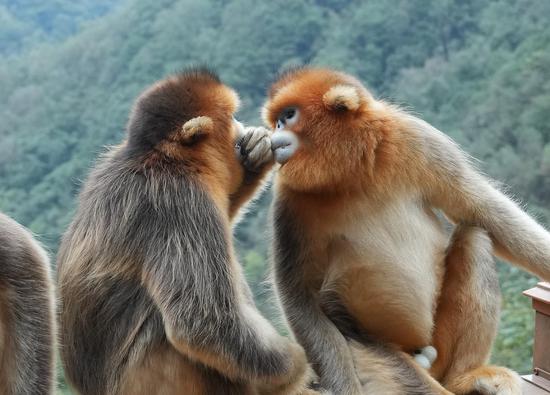

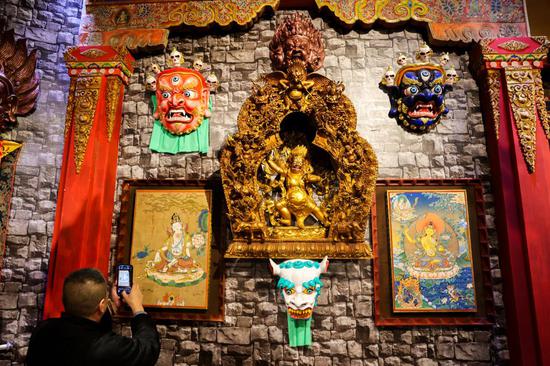




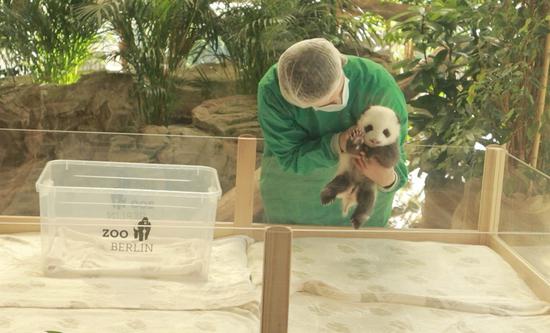






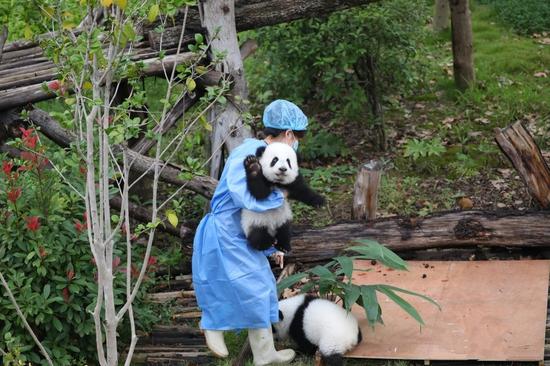



















 京公網安備 11010202009201號
京公網安備 11010202009201號